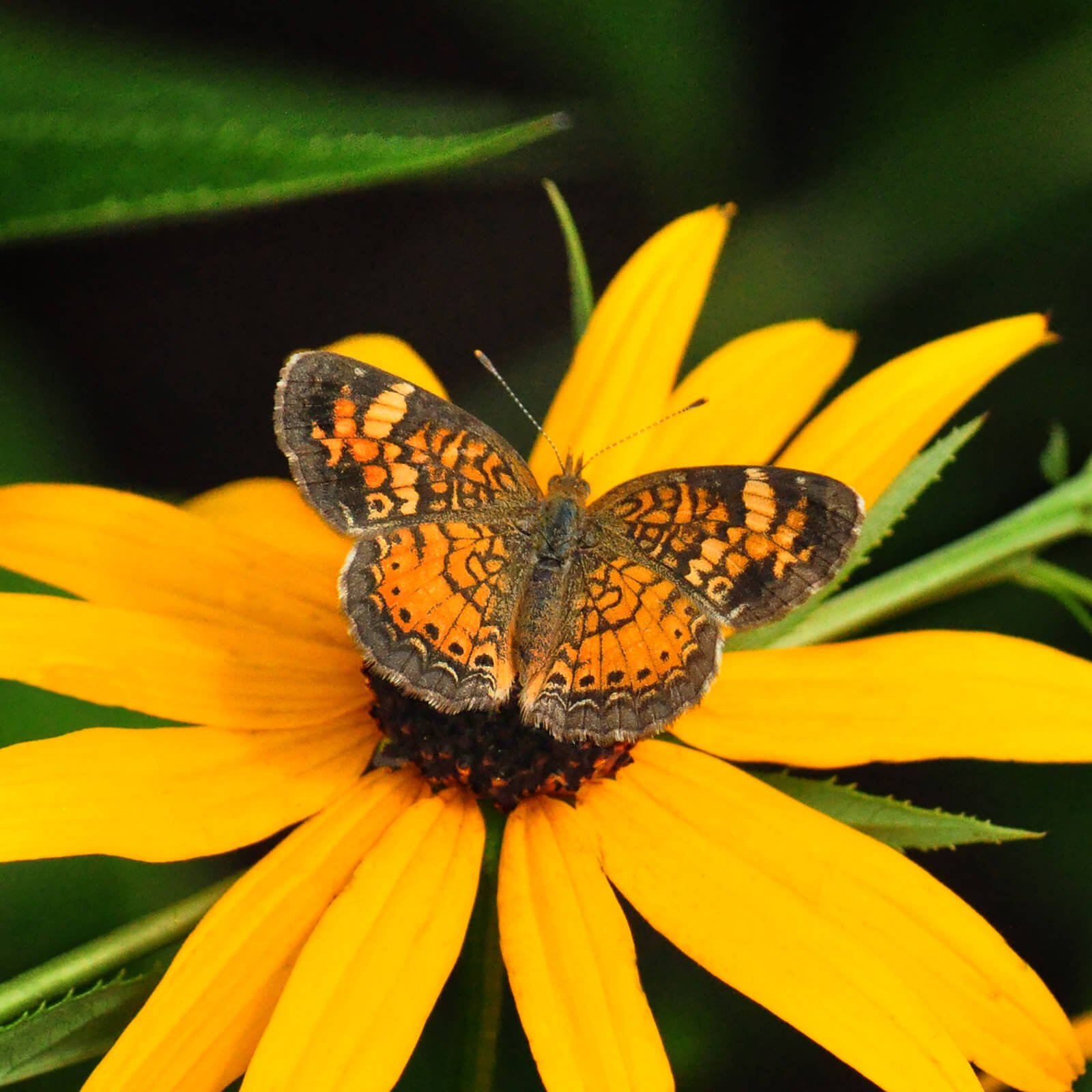Life Cycle: Perennial
Sun Exposure: Partial, Light Shade
Soil Moisture: Medium, Medium-dry
Height: 2-6 feet
Plant Spacing: 2-4 feet
Bloom Time: June-July
Bloom Color: White
Advantages: Caterpillar Favorite, Pollinator Favorite, Bird Favorite, Rain Garden
Host: Hummingbird Clearwing, Cecropia, Spring Azure, and 99 other species of butterflies and moths use this as a caterpillar host plant in our area (nwf.org) and possibly Henry’s Elfin (butterfliesandmoths.org)
Beneficial for Endangered or Threatened Species: Henry's Elfin (Incisalia henrici) (mnfi.anr.msu.edu)















